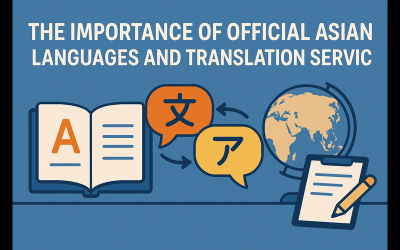What is Back Translation?
The term ‘‘back translation’’, also known as ‘‘reverse translation’’, can be defined as the process of translating a previously translated document or text back to its source language. Back translation is often used for checking the overall quality of a previously completed translation and spotting the differences in the meaning between the source and target text as well as identifying the missing lines in the target.
Even though both of these processes aim to produce accurate translation, what makes the back translation process different than an ordinary translation process is that its starting point is the translation itself, instead of a source text. This operation generally involves a second translator who has not contributed to the translation process of a given document.
In most cases, the back translator doesn’t see the source text so that s/he can focus on assessing the context instead of structure and word preferences.
What are the Responsibilities of a Back Translator?
- To translate the previously completed translation back into its original language,
- To compare the new translation with the previous one,
- To check whether the translation conveys the same message as the source text,
- To note down the potential issues that may decrease the overall translation quality,
- To inform the language service provider, translator or customer about the parts of the translated document which may need to be revised one more time.
It should be noted that the back translator is not the sole party to decide whether the final translation is accurate or not. Most people simply compare the two different translations and expect to see exactly the same vocabulary, grammatical structure, and ordering of ideas. Some even rely on machine translation and judge the translator based on ‘‘back translation’’ that is not performed by humans.
The actual objective of the whole process is to check for differences between the initial translation and back translation in terms of the meaning and to spot only differences that really matter such as the ones in terms of concept, function, and effect. In other words, just because the two versions are identical to each other, it doesn’t necessarily mean that the initial translation was accurate.
Benefits of Back Translation for the Customers
The back translation method lets customers who are not familiar with the target language assess the translation quality to an extent and check whether a given translation service provider delivered them an accurately translated text or not. In some cases, back translation also lets the customers assess their original documents’ effectiveness as well.
Customers can also grasp the precise meaning of the original translation, easily identify the differences between the initial translation and the back translation, compare the two without spending too much time on it, and evaluate the performance and service quality of their translation provider by working with a third party that performs the back translation.
Things to Consider When Evaluating the Translation Quality Based on Back Translation
Customers should be informed that the comparison only provides the parties with indicators of potential issues regarding the message conveyed in the text and its practical effects. It would not be right to judge the translator or translation service provider solely based on the compare report. Instead, translators should be encouraged to review this report and make the necessary amendments on their translations accordingly.
It is crucial to work with the same translator who has translated a given document for the first time when it comes to reviewing the initial translation under the light of the provided back translation. Involving a third party in this process who has no prior information may result with loss of both time and money.
To sum things up, the back translation method is a proven way to confirm the translation accuracy and it puts customers in control of the quality assurance process. It provides customers with clear documentation and is a good risk management tool which is way more transparent compared to other methods.
It should be also noted that if not done properly by the right professionals, back translation can compromise rather than improve the overall text translation service quality. Considering not all bilinguals make good translators, it is recommended to work with a professional back translator with full command of both languages, preferably a linguist to achieve the best results. Experience and qualifications of the translator should be taken into consideration; it defines the ability to provide expert translation service.
Certified Translation Services
Get your documents translated and certified by a professional translator in 120+ languages with 24 hour delivery.
Get a Quote Rana Maalouf
Rana Maalouf

